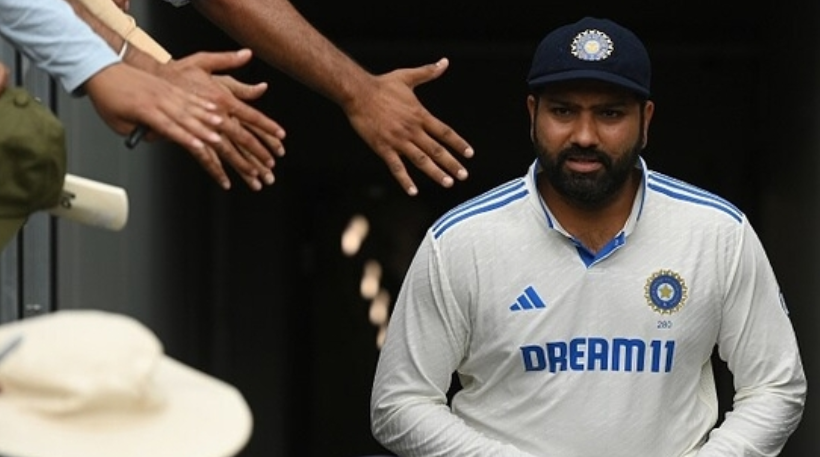Rohit Sharma has officially announced his retirement from Test cricket at the age of 38, concluding a significant chapter in his illustrious career. This decision follows a period of declining performance and mounting pressure, particularly evident since the Boxing Day Test against Australia in December 2024.
A Decline Marked by the Boxing Day Test
The Boxing Day Test at the Melbourne Cricket Ground (MCG) served as a critical juncture in Sharma’s Test career. After returning to the opening position, he managed only single-digit scores, contributing to India’s defeat and intensifying scrutiny over his form and leadership. This match underscored the challenges Sharma faced in maintaining consistency at the highest level.
Career Highlights and Transition
Over his Test career, Sharma played 67 matches, amassing 4,301 runs at an average of 40.57, including 12 centuries. Despite these achievements, his recent form had been underwhelming, with only one century in his last 19 innings. His retirement from Tests follows his earlier departure from T20 Internationals after leading India to a World Cup victory in 2024. Sharma will continue to represent India in One-Day Internationals (ODIs), where he holds the record for the highest individual score of 264 and remains a pivotal figure in the team’s lineup.
Looking Ahead
With Sharma stepping down, attention turns to potential successors for the Test captaincy. Vice-captain Jasprit Bumrah is a candidate, though concerns about managing a fast bowler’s workload persist. Alternatively, 25-year-old Shubman Gill, who has shown promise and leadership qualities, is considered a strong contender to lead the team in the upcoming Test series against England, starting June 20 in Leeds.
Sharma’s retirement marks the end of an era for Indian Test cricket, closing a chapter defined by resilience and significant contributions to the sport.
Reference is taken from here


